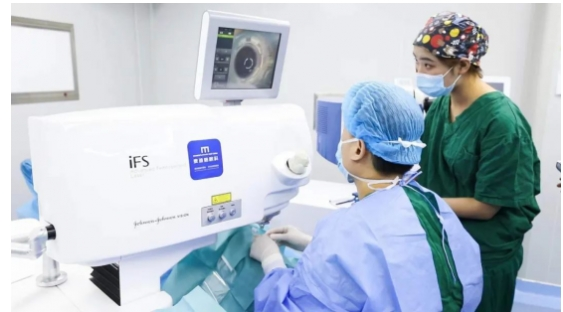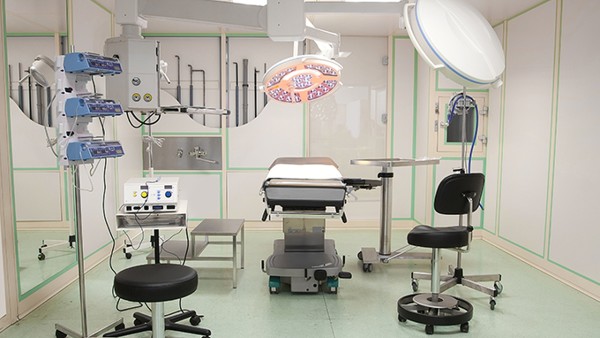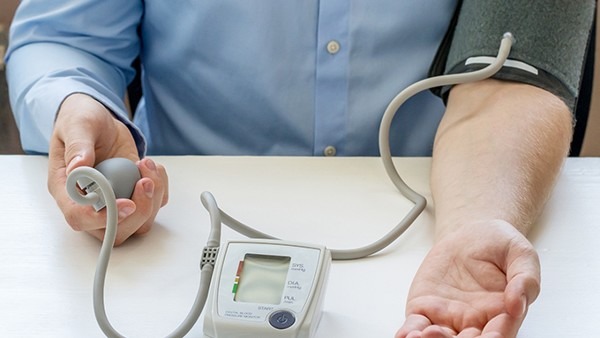Pre-pregnancy Blood Type Test to Avoid Hemolytic Reaction in Baby

Hemolytic disease of the newborn, also known as erythroblastosis fetalis, is a serious condition that can occur when a pregnant woman has a different blood type than her baby. This can cause the mother's immune system to attack the baby's red blood cells, leading to anemia, jaundice, and other health problems. In severe cases, hemolytic disease of the newborn can be fatal.
The most common cause of hemolytic disease of the newborn is a difference in Rh factor between the mother and the baby. Rh factor is a protein that is found on the surface of red blood cells. People who have Rh factor are Rh-positive, and people who do not have Rh factor are Rh-negative. If an Rh-negative mother is pregnant with an Rh-positive baby, her immune system can see the baby's red blood cells as foreign and attack them.
Pre-pregnancy blood type test can help to identify women who are at risk of having a baby with hemolytic disease of the newborn. This test is typically done early in pregnancy, and it can help to determine if the mother is Rh-negative. If the mother is Rh-negative, she will need to be given Rh immunoglobulin (RhIg) during pregnancy and after delivery. RhIg is a medication that helps to prevent the mother's immune system from attacking the baby's red blood cells.
RhIg is very effective in preventing hemolytic disease of the newborn. However, it is important to note that it is not 100% effective. If a woman is not given RhIg, or if she does not receive enough RhIg, she may still be at risk of having a baby with hemolytic disease of the newborn.
Symptoms of Hemolytic Disease of the Newborn
The symptoms of hemolytic disease of the newborn can vary depending on the severity of the condition. Mild cases may only cause mild anemia, while severe cases can be life-threatening.
Some of the most common symptoms of hemolytic disease of the newborn include:
Anemia
Jaundice
Swelling of the liver and spleen
Heart failure
Respiratory distress
Brain damage
Diagnosis of Hemolytic Disease of the Newborn
Hemolytic disease of the newborn is typically diagnosed based on the mother's blood type and the baby's symptoms. If the mother is Rh-negative and the baby is Rh-positive, the doctor may order a blood test to check for hemolytic disease of the newborn.
The blood test will measure the level of bilirubin in the baby's blood. Bilirubin is a yellow pigment that is produced when red blood cells are broken down. High levels of bilirubin can indicate that the baby has hemolytic disease of the newborn.
Treatment of Hemolytic Disease of the Newborn
The treatment for hemolytic disease of the newborn depends on the severity of the condition. Mild cases may only require treatment with phototherapy. Phototherapy is a treatment that uses ultraviolet light to break down bilirubin.
More severe cases of hemolytic disease of the newborn may require a blood transfusion. A blood transfusion is a procedure in which healthy red blood cells are transfused into the baby's bloodstream.
In some cases, a baby with hemolytic disease of the newborn may need to be treated with surgery. Surgery may be necessary to remove the baby's spleen or to correct a heart defect.
Prevention of Hemolytic Disease of the Newborn
The best way to prevent hemolytic disease of the newborn is to give RhIg to all Rh-negative pregnant women. RhIg is a medication that helps to prevent the mother's immune system from attacking the baby's red blood cells.
RhIg is typically given during pregnancy and after delivery. The first dose of RhIg is usually given at 28 weeks of pregnancy. The second dose of RhIg is given after the baby is born.
RhIg is very effective in preventing hemolytic disease of the newborn. However, it is important to note that it is not 100% effective. If a woman is not given RhIg, or if she does not receive enough RhIg, she may still be at risk of having a baby with hemolytic disease of the newborn.
The above is all the content that the editor wants to share with you. I sincerely hope that these contents can bring some help to your life and health, and I also wish that your life will be happier and happier.
Topic: #type #test #blood













